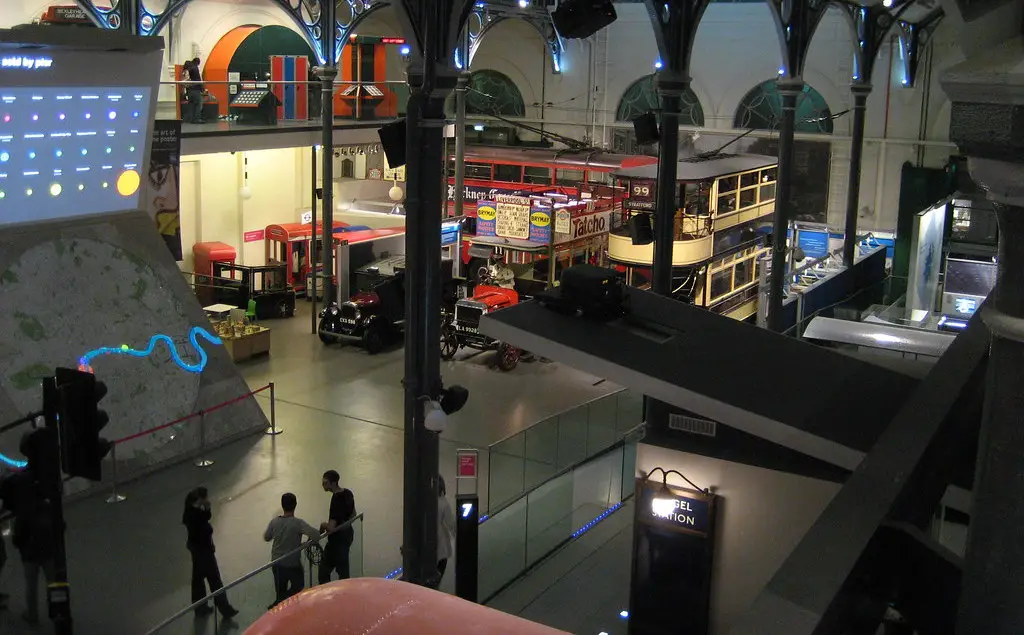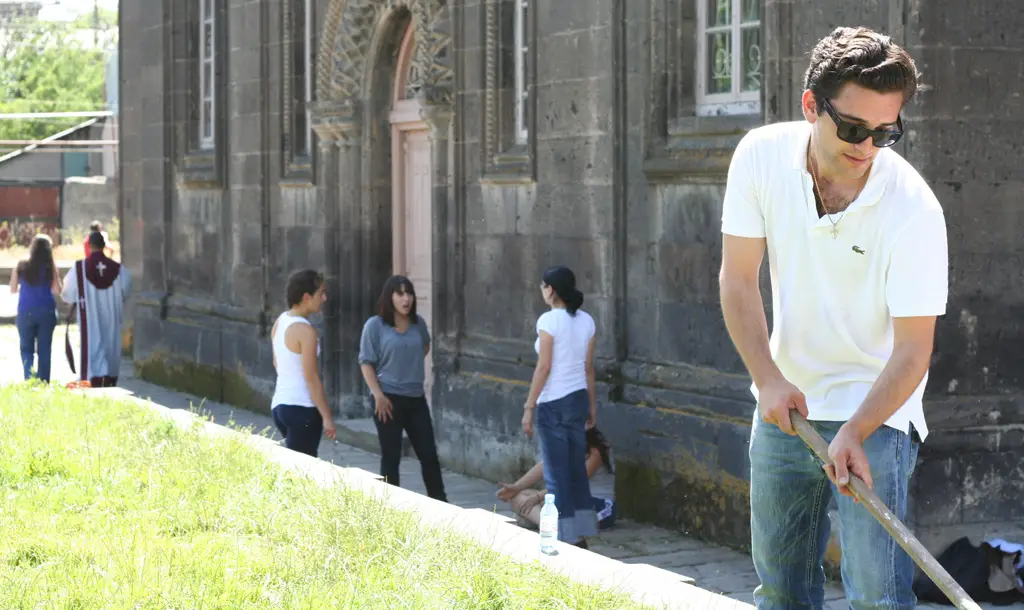Street Mazes and Perpendicular Parking: 21st Century Urbanism in Rome
Travelling into Rome, Italy from Leonardo da Vinci Airport offers a rather underwhelming first impression of the Eternal City. On my way to visit a good friend, I landed at da Vinci on a sunny Friday afternoon only to find that driving into Rome from the airport at 6pm is like any other drive into a major city from an airport – bumper-to-bumper rush hour traffic. To get into the old city there is one main road that starts off as a highway and then turns into a grand boulevard. My friend’s apartment is in the heart of the old city, in the rione of Monti, with the Colosseum practically outside his door.
Upon entering the city, the ancient buildings and curvilinear streets at once tell of the past generations who built this enduring metropolis. While there are a few sprinkled new buildings within the older part of Rome, most of the newer modern and more affordable buildings are outside of the Aurelian Wall. Inside, the old city is made up of neighborhoods connected by one tourist destination after another.
I spent most of my time within the Aurelian Wall of the old city, built between 271 and 275 by the Roman Emperors Aurelian and Probus as an emergency measure to protect the rapidly expanding city from Barbarian invasions. When I first visited Rome in college I was captivated by the art and cathedrals. This time I was enthralled by the city’s street life.
The Roman street system is similar to other older street systems in its organic nature and rhythm, quite a reversal from New York City’s grid. One is not better than the other they are just different. The hustle and bustle in New York and Rome varies maybe not just out of cultural tendencies but also out of sidewalk infrastructure.
In New York, the wide sidewalks and Euclidian grid make it easier for people to find their way and walk at fast speeds. But Rome’s narrow, winding streets don’t seem to deter Romans (or tourists) from walking. In some instances pedestrians use the street and sidewalks interchangeably, and when there isn’t a sidewalk, people spill onto the streets — a behavior that drivers silently accommodate. There are no real crosswalks, encouraging people to traverse traffic at will.
Yet as a pedestrian you rarely fear for your safety even when not protected by sidewalks or crossing signals. The blurred boundary between places for people and cars gave us a greater appreciation for the spaces. By being forced to pay attention, stay present and interact with the geography, instead of relying on the predictability of a grid, the public spaces of the city seemed to brim with life.
Down the road from my friend’s apartment, there were evenings when the street was so full, cars were forced to squeeze through crowds like people do in a crowded bar.
Cars in general get a poor deal from the “eternal city.” Its narrow streets make having a car bigger than a Mini simply impractical. Navigating Rome’s parking policies is almost as difficult as its maze of streets. Many different parking zones regulate parking patterns and car garages are scarce, expensive and have inconvenient hours. For some Romans, the solution is a SMART car, a car whose length is about equal to the width of an average car, allowing SMART car owners to park perpendicularly along the streets without worrying about being hit by traffic.
If Roman urban planners seem to have their work cut out for them in terms of traffic mitigation, public transportation and parking laws, they are also busy preserving and retrofitting the old city while building up the new Rome outside of the Aurelian Walls. Yet despite high unemployment and government scandals aplenty, the city forges on in true regal manner, through intertwining monuments and bustling streets, powered by the obligatory doppio espresso.
Photo: Arthur Yeti


